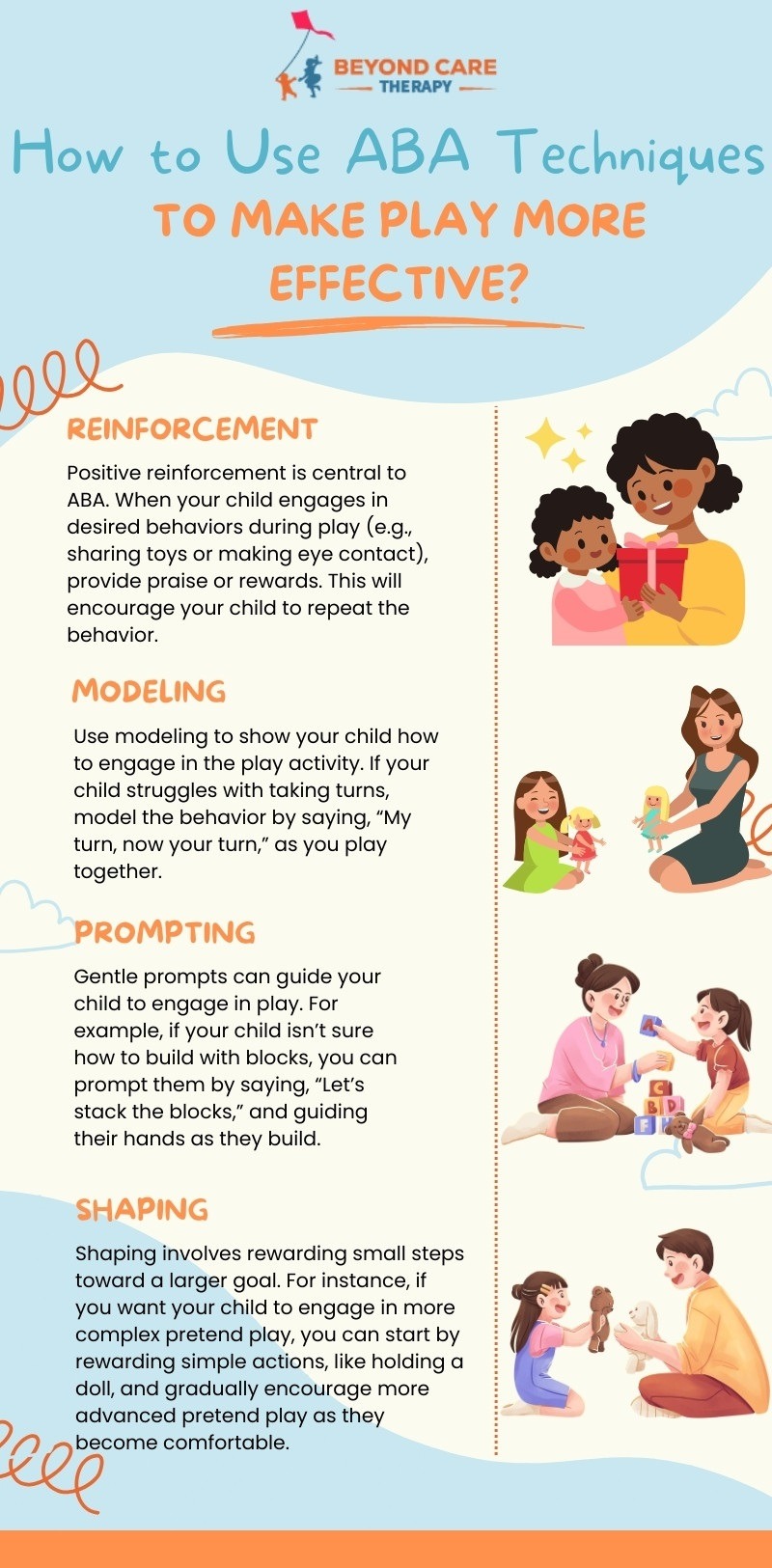Key Points:
- Playing is essential for children with autism to develop social, communication, and motor skills.
- Different play strategies help create engaging, sensory-friendly experiences that children with autism can enjoy.
- Incorporating structured activities and offering sensory play can boost a child’s confidence and learning.
Parents and caregivers of children with autism often face challenges in finding effective ways to engage their children. Playtime, which is essential for developing social, communication, and motor skills, may not always come naturally or be enjoyable for children with autism. So, what are the best ways to play with a child with autism? In this article, we’ll explore some creative ways to play for children with autism, helping you discover activities that foster growth.

Why is Play Important for Children with Autism?
For children with autism, play offers essential learning opportunities that help develop critical skills. Many parents often wonder why play is so important in their child’s growth. The answer lies in how play encourages social interaction, communication, sensory exploration, and motor coordination—key areas that children with autism may find challenging to navigate on their own.
Social Skills Development
Play offers a natural way for children to practice interacting with others. For children with autism, guided play can teach skills like sharing, taking turns, and making eye contact. These interactions are key to developing friendships and building relationships later in life.
Communication Skills
Many children with autism struggle with verbal and nonverbal communication. Play can be used to model language skills, helping children understand how to use words, gestures, and facial expressions effectively in social situations.
Sensory Exploration
Children with autism may have sensory sensitivities, so play that involves tactile, auditory, or visual elements can help them learn how to manage sensory overload and develop coping skills.
Motor Skills Practice
Activities like building with blocks or jumping on a trampoline help children develop fine and gross motor skills. These abilities are vital for tasks such as dressing, feeding, and engaging in physical activities.
What Are the Best Ways to Play for Children with Autism?
When choosing ways to play for children with autism, it’s important to focus on their unique preferences and challenges. Here are some ideas and strategies that can work well:
Sensory Play
Sensory play can be both calming and stimulating. Some children with autism are hypersensitive to sensory stimuli, while others seek out sensory input. Consider the following:
- Water play: Filling a tub with water, measuring cups, or even sensory bins filled with materials like rice or sand.
- Playdough or slime: These materials provide tactile stimulation and promote fine motor development.
- Bubble play: Blowing bubbles encourages visual tracking and offers a soothing sensory experience.
Structured Play Activities
Structured play provides a predictable and organized environment. These activities can be great for children who need consistency to feel comfortable and confident. Consider:
- Board games: Games like “Candy Land” or “Chutes and Ladders” can help children practice turn-taking, patience, and following rules.
- Building blocks or puzzles: These activities improve fine motor skills and cognitive problem-solving.
- Matching games: Use pictures or flashcards to work on memory, attention, and matching skills.
Imaginative Play
Imaginative play encourages creativity and can help children with autism practice communication and social interactions. Try:
- Pretend play: Use dolls, action figures, or toy animals to act out different scenarios.
- Role-playing: Children can practice everyday situations, like going to the store or visiting the doctor.
- Dress-up: Using costumes to engage in imaginative play helps children explore different social roles.
Physical Play
Physical activities are essential for children with autism to build coordination and motor skills. Choose activities that are simple and fun:
- Jumping on a trampoline: This helps with balance and coordination.
- Obstacle courses: These can be designed indoors or outdoors to improve motor planning and spatial awareness.
- Dancing or playing musical instruments: Engaging with music helps develop rhythm, coordination, and motor skills.
ABA (Applied Behavior Analysis) is a common therapy used with children with autism, and it can make playtime more effective. Here are some ways ABA techniques can be integrated into play:

Partner with Beyond Care Therapy
When it comes to supporting your child’s development, knowing the best ways to play for autism is key. Play not only helps children with autism practice essential skills, but it also offers them a chance to have fun and explore the world around them. Through sensory, imaginative, structured, and physical play, you can foster important learning opportunities while nurturing a positive bond with your child.
If you’re seeking professional support to further enhance your child’s development, Beyond Care Therapy is here to help. Our expert team specializes in tailoring ABA therapy to meet your child’s unique needs, ensuring that both playtime and learning are engaging and effective.
We proudly offer personalized ABA therapy in Texas, Utah, Arizona, Massachusetts and surrounding areas. Contact us today to learn more about how our ABA therapy can support your child’s growth and well-being!

